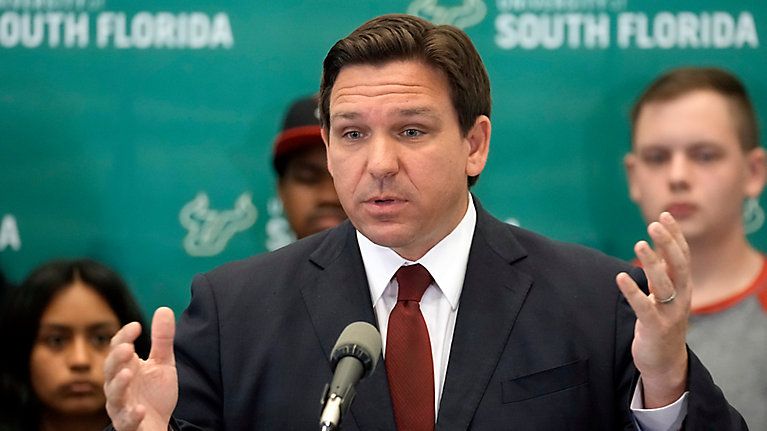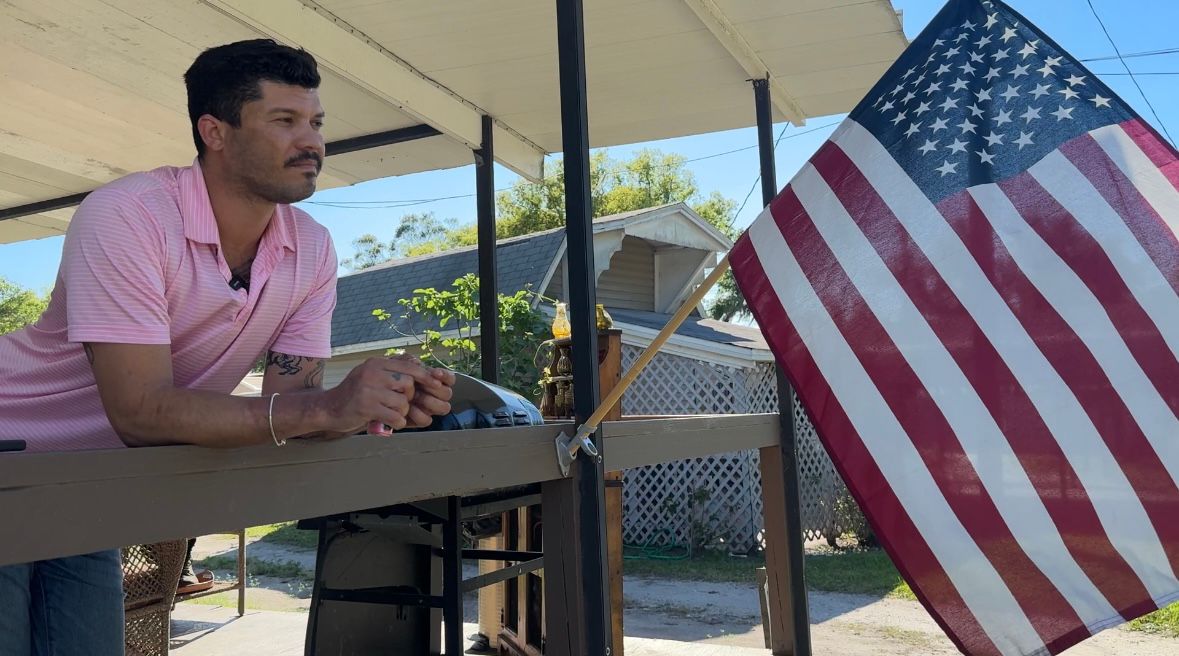It’s impossible to go around the Tampa Bay area and not see major construction projects, like ones along Bayshore Boulevard.
What You Need To Know
- Wednesday marked the 30th anniversary of Hurricane Andrew hitting Florida
- In 1992, there were over 400 different building codes in the state. But because of Hurricane Andrew, there’s now one uniformed code
- SEE ALSO: Andrew and Harvey: This week marks the anniversaries of 2 historic hurricanes
- ASK A MET: Remembering Hurricane Andrew
That’s at least how JC Hudgison sees it.
“You see all the construction happening around the city of Tampa,” Hudgison, chief building official for the city of Tampa, said. “It’s just amazing.”
While exploring sites like the soon-to-be multifamily building along Tampa’s waterfront, Hudgison doesn’t have to look far to see how a catastrophe 30 years ago is shaping construction around town in 2022.
“Windows, awnings, because any of these things, if they’re getting wind load and anything is pushing against them, we need to make sure they stay in place or making sure those anchors are doing what they need to do,” Hudgison said.
In 1992, Hudgison says there were over 400 different building codes in the state but because of Hurricane Andrew, there’s now one uniformed code for Florida.
Every piece of exterior is thoughtfully planned out to ensure it’s up to code to try and resist whatever mother nature throws our way.
Windows are built stronger to pass Florida’s product approval, and grates are reinforced and bolted down.
Even the smallest of implementations to meet code standards, according to Hudgison, make a world of a difference in a hurricane.
The uniformed building code is updated every three years so it constantly grows as we see storms intensify.
From large structures to residential neighborhoods in spots like Davis Islands, the aftermath of Andrew is still felt in just how we build places for people to call home.
“You can see where the garage here is lower but where you’re living has to be one foot above that designed flood elevation,” Hudgison said.
Limiting flooding, reinforcing the outside with cement blocks rather than wood gives homes a chance to make it through some brutal storms.
“Those are changes that definitely came about through that Florida building code at that time that’s continued into today,” Hudgison said.
That’s the ultimate goal that started in 1992.
To establish good practices in products and implementation while updating them along the way as storms get stronger in order to teach us more about what we need to do to protect ourselves.
The Florida building code is currently in its 7th edition and the 8th edition will be put in place next year in 2023.









